Last June (2018), the 6th grade instructional team at the Highland Falls Intermediate School took on the challenge of organizing a hack-a-thon. The Assistant Superintendent for Curriculum, Instruction & Technology (me) pitched the idea to them and it became bigger and better as a result of the collaboration between the HFFMCSD instructional staff and the local Chamber of Commerce.
Part I: Learning to Code
We knew we wanted the students to use code as a part of the process. Our 6th grade Science teacher, Mr. Patsch, worked with our STREAM (Science, Technology, Research, Engineering, Arts & Media) teacher, Mrs. Magyar, to introduce the students to coding using Vidcode. The students spent 5 days working through the free coding activities where they experimented with basic JavaScript.
Part II: Problem Introduction & Discovery
We started with a problem that was posed by the Chamber of Commerce:
How do we attract shoppers and visitors to our Main Street commercial district?
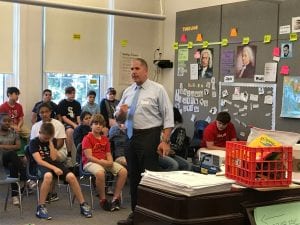
President Jim Modlin, Highlands Chamber of Commerce, visited the school and announced the problem to the students. Jim explained some of the issues the business were facing. He also told the students that the business owners knew about the hack-a-thon and that the students would be visiting their storefronts.

After Jim introduced the problem, the students met in teams with a teacher facilitator and chose their role during the hack-a-thon to support their team. The students had information from the Chamber in terms of the number of stores and key events that happen in the commercial district (i.e. the Farmer’s Market and the Annual Art Walk). The students reviewed the information and identified questions they wanted to ask the business owners. Armed with clipboards and pens, the students conducted a Discovery Walk on Main Street and interviewed business owners to gather additional data. In addition, they met with Karen Parashkevov, the manager of the West Point-Town of Highland Farmers Market, who shared her challenge in terms of customer participation and expanding the customer base. She asked the students the following questions:
- What do you feel could be done to make the market a more exciting and prolific destination? What would further encourage you, your family, friends, and other customers to participate?
- What else could market offerings do to bring people not only to the market, but to Highland Falls as a result of the Farmer Market events/advertising?
The students also met with Cindy Modlin to learn about the annual Art Walk. Cindy expressed that she, too, was concerned about participation and was looking for help on ways to attract more people to the Art Walk.
After the Discovery Walk, the students returned to school and did a “Brain Dump” where they wrote down everything they heard, saw, wondered, or thought on chart paper to preserve their thinking for Day 2.
Part III: Interpretation, Ideation & Experimentation
When the students returned for Day 2, they used their notes from Day 1 and what they recorded during their “Brain Dump” and the used a graphic organizer to help them identify “Trends and Evidence.” After interpreting the data, they began to identify opportunities and brainstorm solutions (generating and refining ideas). This lead them to the experimentation phase in design thinking, where the teams made prototypes, received feedback, made modifications, created a storyboard and presented a deliverable. The students used Google Slides to create the presentation and they used Vidcode the code the deliverable.
The teams presented their solutions and panel of five judges used the rubric to guide their decision-making and provide the teams with feedback.
Examples of Students’ Coding Projects:
Part IV: Future Directions
- Train all of the teachers on how to use the coding platform.
- Assign break-out rooms for all teams.
- Make it official for the students (name badges, clipboards, chromebooks, chart paper, post-its, sharpies).
- Use students as mentors.
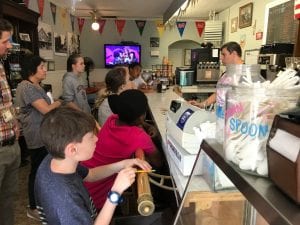
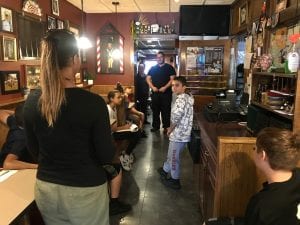
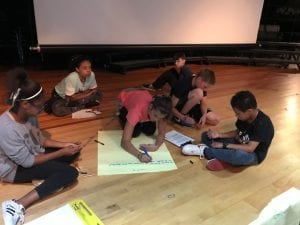
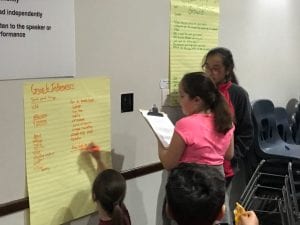
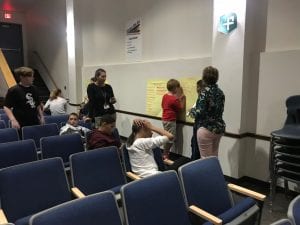

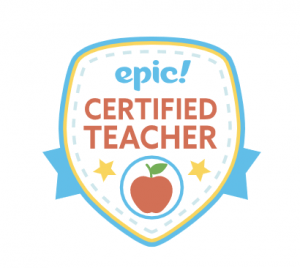
Leave a Reply